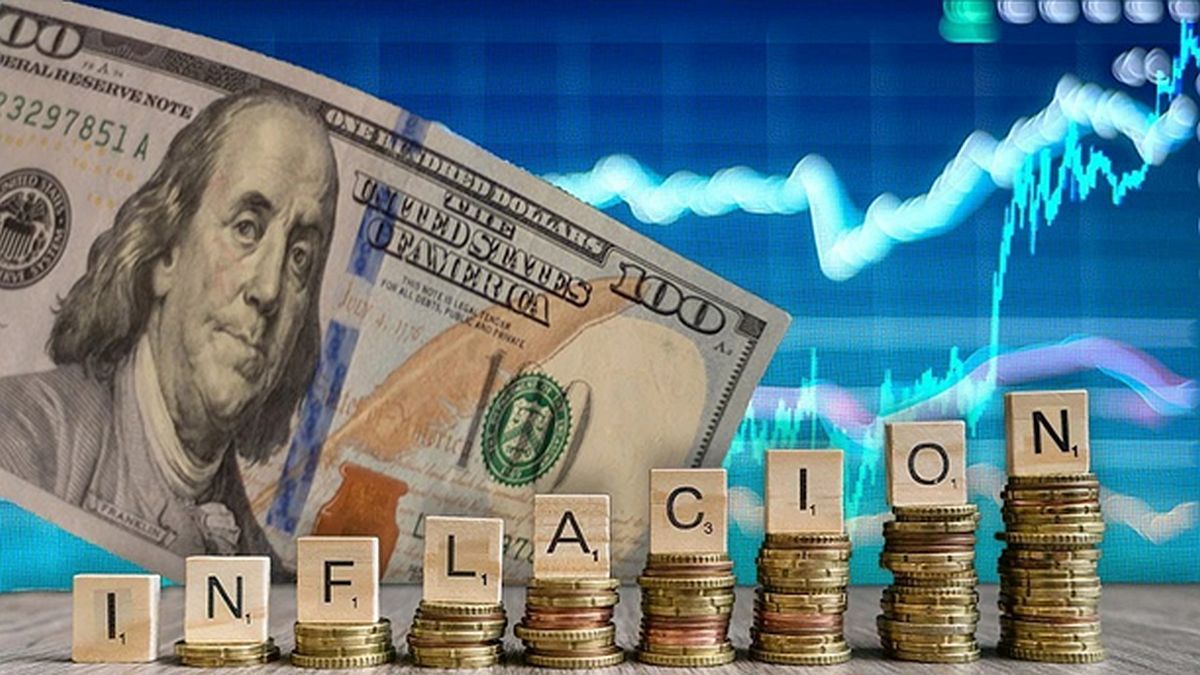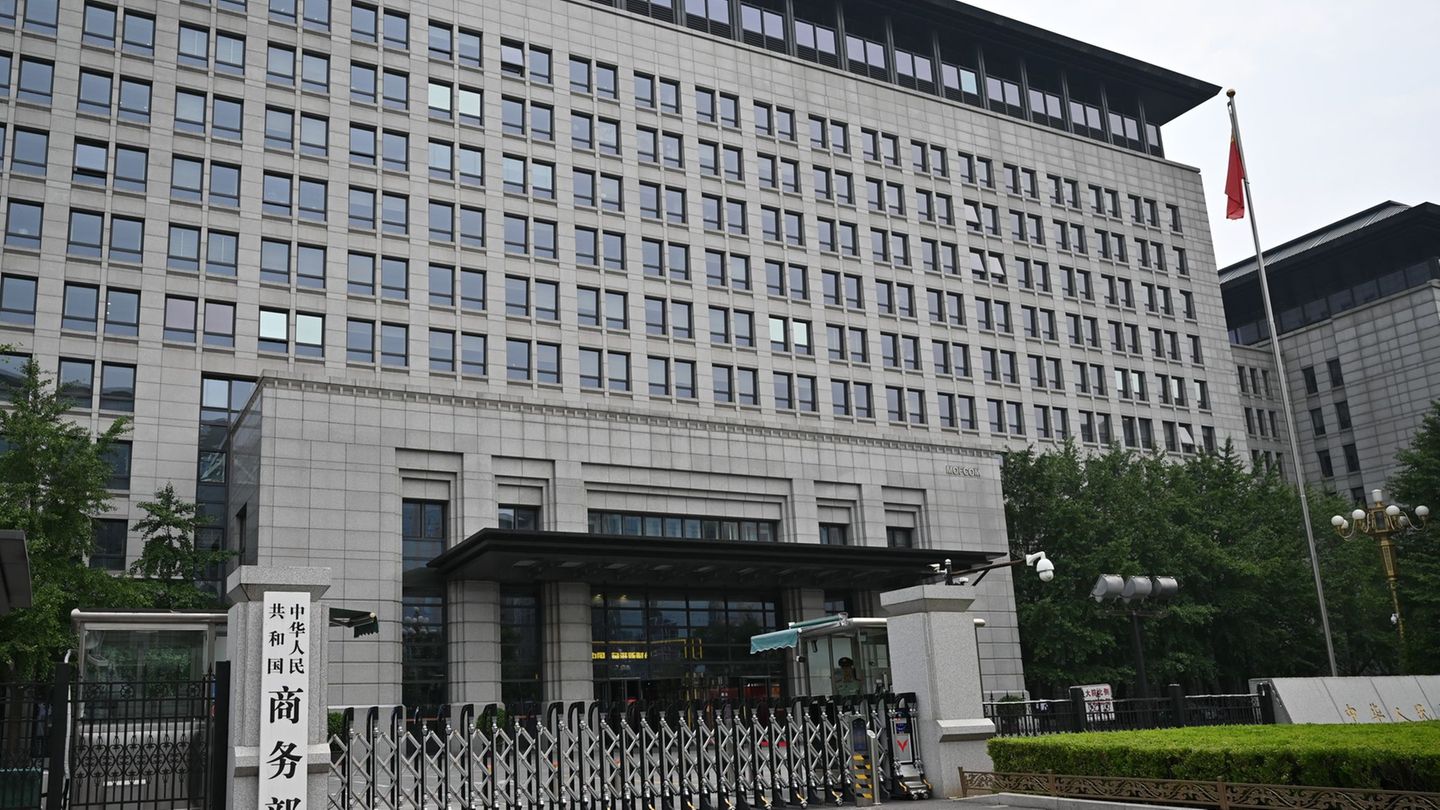The President Javier Milei presented the Budget 2025 with a strong emphasis on maintaining the fiscal balance. Within the variables, the Treasury Palaceunder the direction of Luis Caputoprojected that inflation would slow in 2025 to 18.3% per yearwhich would imply an average monthly variation of 1.4% and, in that line, it is expected that the monthly devaluation of the peso, the pace of ““crawling peg”. As for 2024, estimates indicate that the Consumer Price Index (CPI) closing in 104.4%which means that for the rest of the year it should be located in 1.2% averagestill below what was forecast for 2025.
Budget inflation: over-optimism or misdiagnosis?
Regarding this year’s price variation, the consultancy PxQ He pointed out that this is a goal that looks “impossible to fulfill” Since the accumulated variation of the CPI until August is 94.8%. However, they noted that the note included in the Budget message indicated that “The macroeconomic scenario used as input was drawn up in June. Since then, the data that has been published allows us to project, for 2024, a smaller drop in GDP than estimated, also associated with inflation somewhat higher than expected at the start of the preparation of the Budget.”.
Meanwhile, for the 2025 forecast, which estimates that inflation will be at 18.3% annually, the consultant ACM He points out that this goal seems “ambitious” since a new one is also planned for the following year. correction of relative prices in regulated servicesIt should be noted that in the Budget 2025 A sharp decline in spending was included in energy subsidies and public road works.
“The inflation data for 2025 is what in economics we would call an ‘outlier’that is, it is a figure that only one person assumes and the bulk of the rest of the projections differ. However, would not be inconsistent“, said Fundar’s director of Economics, Guido Zack.
INDEC 6.jpg
The National Institute of Statistics and Census has already announced that it will update the formula for measuring the CPI.
Ignacio Petunchi
The economist Pablo Ferrari He stressed the Inconsistency in inflation projections Considering that the National Institute of Statistics and Census already announced that will update the formula for measuring the CPI“It is not known if he took the current formula or the new one, so it is a drawing,” he said.
The economist of Eco Go Rocio Bisangcontrasted the inflation projection that the consulting firm has, in 3.4% for September 2024which would leave a drag for October and, despite the decelerationwould make it difficult for the CPI I arrived at 104.4% year-on-year in December, as estimated by the Government.
Sharpening her pencil, the analyst pointed out different variables that can put pressure on prices such as “correction in regulated” by 2025, particularly as it relates to rateswhich still have room for growth, and is essential to keep fiscal accounts in order. On the other hand, it included the “recovery of the wages”, which could also contribute to rising prices and, ultimately, parallel exchange rates and, in particular, if the BCRA will continue with the interventioneither directly or indirectly via dollar blend -settlement of exports with 80% to the official and 20% to the CCL- at the expense of reserves needed to be able to think about an exit from the cepo.
In addition, as an inflationary variable, Bisang added a significant fact, midterm electionsIn election years, public spending tends to increase and, in turn, financial exchange rates tend to be highly volatile, which puts pressure on prices in the economy.
Cepo: Projections show that the Government will maintain restrictions on the dollar
For the next three years the project of “law of laws” presented at the Congress of the Nation provides for rates of 5%, 5% and 5.5% annual growth for 2025, 2026 and 2027respectively, after fall by 3.8% in 2024This year’s growth is in line with market expectations, but for next year the REM estimated an average growth of 3.5% year-on-year, 1.5 pp below the draft budget.
This growth planned by the Executive will be driven by the industry (+6.2%) and the trade (+6.7%) and in second order by the agricultural sector (+3.5%). The production of goods would grow by 5.6% and that of the services 4.4%. Meanwhile, all components of demand would rise: private consumption (+4.5%), investment (+9.9%), public consumption (+4%), exports (+7.7%) and imports (+14.2%).
He wholesale exchange rate that regulates the Central Bank (BCRA)for its part, would increase in line with inflation: it would end in $1,017 in 2024while it will be nominally devalued to $1,207 by 2025taking into account an inflation of 18.3% annual and the ““crawling peg” would slow to 1.4%. This projection was read in the City as a “love affair” with the cepo.
“The evolution of the exchange rate is inconsistent because it assumes that the dollar will increase next year by the same amount as inflation, that is, 18.3% and, therefore, would reach the value of 18.3% in December 2025. $1,207. It is a value that would only be possible without leaving the corral and I even doubt that without leaving the corral this value can be reached.. But let us suppose that they succeed, remaining in the stocks. Now, The problem with not getting out of the trap is that it is not clear how they are going to pay the debt.basically the budget considers a private debt of US$3.5 billion and there are maturities for much more than that ($24 billion). Without lifting the clamp, access to financial markets will remain closed, which means there is yet another inconsistency,” Zack explained.
Furthermore, if the stocksthe trade balance, which is projected in US$24.748 million by 2025is in danger of not impacting the BCRA’s coffers, since not all the foreign currency that comes in from exports is being settled at the official exchange rate, but rather with an 80-20 scheme, where the largest portion goes to the official exchange rate but the other 20% to the financial market that has a higher exchange rate.
“If the export exchange rate is maintained, 20% of these exports will be settled at the financial exchange rate and the trade surplus in the official market will be equal to 0 – explains PxQ-. Since the balance of interests is in deficit (in 2025 it accumulates US$6,800 millions of deficit in this way), the current exchange account, governed by official estimates, will be in deficit if the 80-20 scheme for exporters is not eliminated.”
Due to these inconsistencies, the market warns that the economic growth expected by the Treasury “is conditioned by the restrictions.” “The government continues to focus on the fiscal aspect but does not give answers about where the dollars will come from to pay the debt in foreign currency,” concludes PxQ.
Source: Ambito
I am Pierce Boyd, a driven and ambitious professional working in the news industry. I have been writing for 24 Hours Worlds for over five years, specializing in sports section coverage. During my tenure at the publication, I have built an impressive portfolio of articles that has earned me a reputation as an experienced journalist and content creator.




